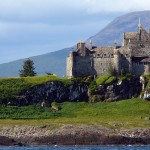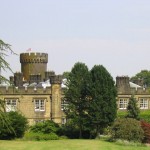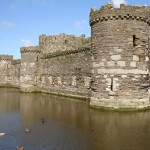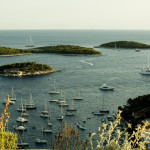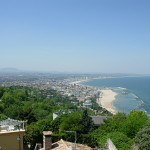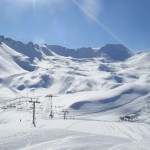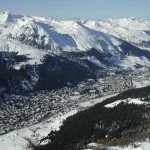Pavia – the rich treasury of the art, history and culture in Italy
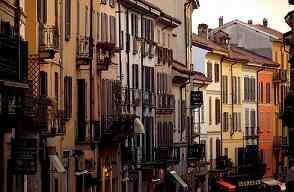
Pavia is the ancient town and comune (population of 71,000) of south-western Lombardy, northern Italy, 35 km south of Milan.
Pavia is the capital of a fertile eponymous province known for agricultural products including wine, rice, cereals, and dairy products. The town has the peaceful atmosphere and is home to the ancient University of Pavia.
Main Pavia’s sights
- The most famous landmark of Pavia is the Certosa, or Carthusian monastery, founded in 1396 (approx. 8km north of the city)
- Cathedral of Pavia (Duomo di Pavia), the 3rd biggest dome in Italy (after St. Peter’s Basilica and Santa Maria del Fiore in Florence)
- San Michele Maggiore – Lombard-Romanesque church where the Emperor Frederick Barbarossa was crowned in 1155
- The Basilica of San Pietro in Ciel d’Oro (“St. Peter in Golden Sky”), where Saint Augustine, Boethius and the Lombard king Liutprand are buried
- San Teodoro – the third romanesque basilica in the city
- The large fortified Castello Visconteo – the Castle, home to the City Museums (Musei Civici) with the park, popular attraction for children.
- The church of Santa Maria del Carmine – the second largest church in the city after the cathedral
- The renaissance church of Santa Maria di Canepanova
View Pavia – the rich treasury of the art, history and culture in Italy in a larger map






